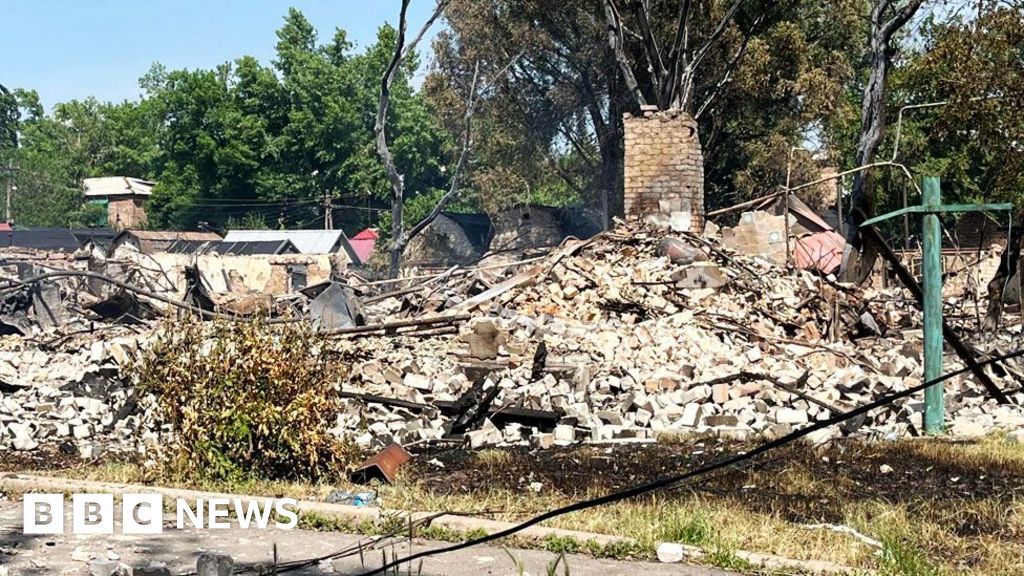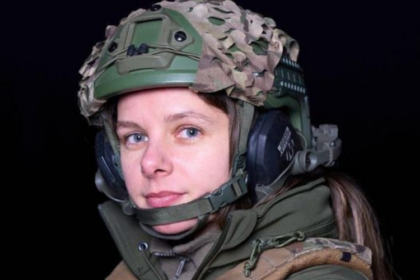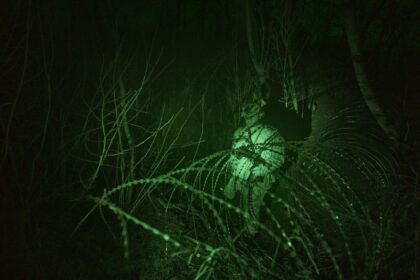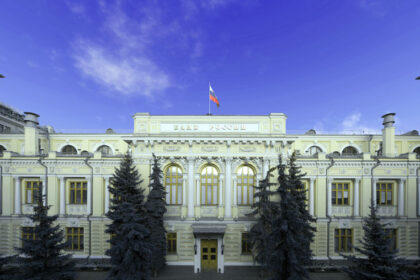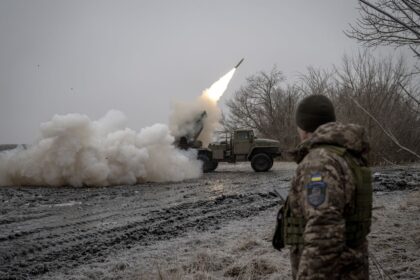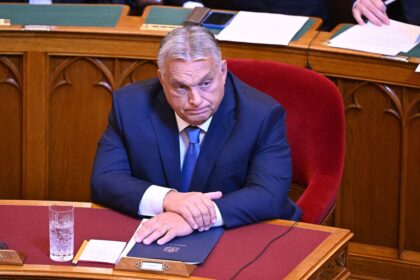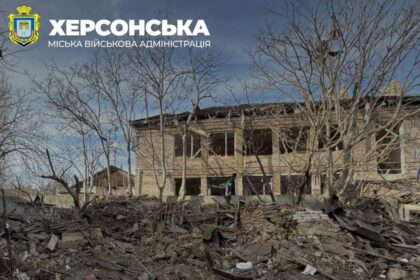**Russian Drones Terrorize Ukrainian Towns**
The small town of Rodynske in eastern Ukraine is a scene of utter devastation. Just a day after a massive glide bomb ripped through the main administrative building and three residential blocks, parts of the wreckage are still smoking. The acrid smell of destruction hangs over the town like a cloud.
As we drive into Rodynske, the source of the smell becomes clear. A 250kg glide bomb has torn through the town’s infrastructure, leaving a trail of destruction in its wake. But what’s even more alarming is the presence of Russian drones, which have been terrorizing the town and surrounding areas.
We hear the sound of artillery fire and gunshots as Ukrainian soldiers engage with Russian forces. The Russians are trying to encircle the city, cutting off supply routes and making their most significant advances since January. In a desperate bid to stop them, Ukraine’s military is fighting back with everything they have.
**Fibre Optic Drones Take Centre Stage**
The use of fibre optic drones by Russia has given them a significant advantage on the battlefield. These drones can’t be jammed by electronic interceptors, making them almost impossible to detect. They are slower and more vulnerable to entanglement, but their widespread use means that transporting soldiers to and from their positions is often deadlier than the fighting itself.
“We’ve started joking that maybe we should carry scissors to cut the cord,” says Serhii, an artillery man. “When you enter a position, you don’t know whether you’ve been spotted or not. And if you have been spotted, then you may already be living the last hours of your life.”
**Soldiers Spend Longer and Longer in Positions**
The use of fibre optic drones has also led to longer rotations for soldiers on the front lines. Oles, Chief Sergeant of a reconnaissance unit, tells us that he’s spent up to 31 days in one position, while some of his comrades have had to stay for up to 120 days.
“War is blood, death, wet mud and a chill that spreads from head to toe,” he says. “And this is how you spend every day. I remember one instance when we didn’t sleep for three days, alert every minute. The Russians kept coming at us wave after wave.”
**The Human Cost of War**
As the war enters its fourth summer, Ukraine’s manpower issues are becoming increasingly evident. Most of the soldiers we meet joined the military after the war began, and have had to learn on the job in the middle of a raging conflict.
We meet Maksym, a soldier fighting for his country but also missing his two-year-old son. His family supports him, but it’s hard for them too. “It’s really hard,” he says, eyes welling up with tears. “I do video call him though, so everything is as fine as it could be under the circumstances.”
The human cost of war is always high, but in Ukraine, it seems to be getting worse by the day.
**Read More at BBC.com**
This article is part of a series on the ongoing conflict in Ukraine. To read more about the situation on the ground and the impact on civilians, visit our website: [www.bbc.com/news](http://www.bbc.com/news).




